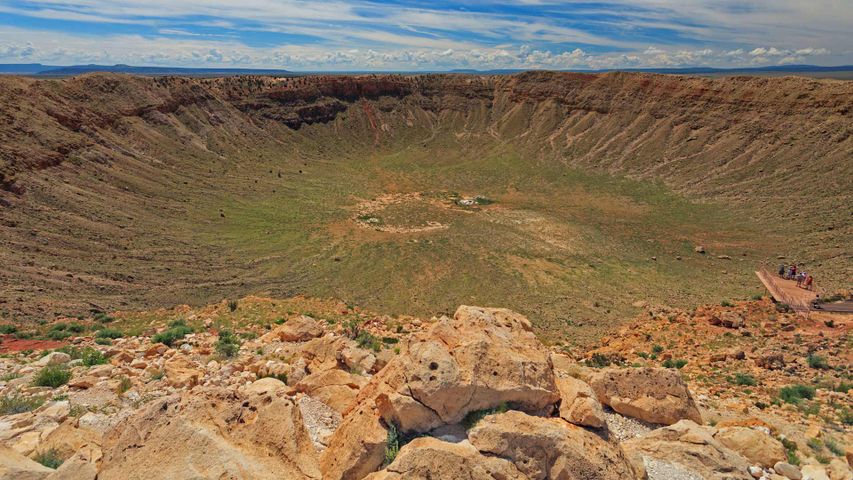Nabatean tomb in Mada'in Saleh (aka Hegra), Saudi Arabia
© Tuul & Bruno Morandi/Getty Image
The lonely castle. Mada’in Saleh, Saudi Arabia
These hand-carved sandstone boulders, rising abruptly out of the landscape in the deserts of Saudi Arabia, are a reminder of a long-lost civilisation that once thrived here. Known today as Mada’in Saleh, 2,000 years ago this archaeological site was called Hegra by the Romans and was the second-largest city of the mysterious Nabataean Kingdom. Back then, it was a centre for the trade of spices, incense and myrrh, a valuable tree resin used to make perfume and medicine.
The Nabataeans were Arab people whose precise origins are unknown. They lived in northern Arabia and the Southern Levant from the 4th Century BCE until 106 CE, when they were annexed by the Roman Empire. About halfway between Petra and Mecca, Mada’in Saleh was a trading crossroads and helped establish the Nabataeans as middlemen to the rest of the ancient world.
Today it is one of Saudi Arabia’s most celebrated historic treasures, and a Unesco World Heritage Site boasting more than 100 tombs with ornate facades, carved from sandstone outcroppings on the outskirts of the city. The smallest is less than 10ft (3m) tall, the largest more than 60ft (18m). Most of the tombs were carved in groups, but this especially embellished monument is relatively isolated, which is why it’s known as the Qasr al-Farid (the Lonely Castle). Here in this windswept desert, the bustle of merchants and caravans full of spices are long gone, but these carvings are evidence of a time when all roads led to Hegra.
Related Images
Bing Today Images




 Meteor Crater, Arizona, USA
Meteor Crater, Arizona, USA
 Pineapple fields in Maui, Hawaii, USA
Pineapple fields in Maui, Hawaii, USA

